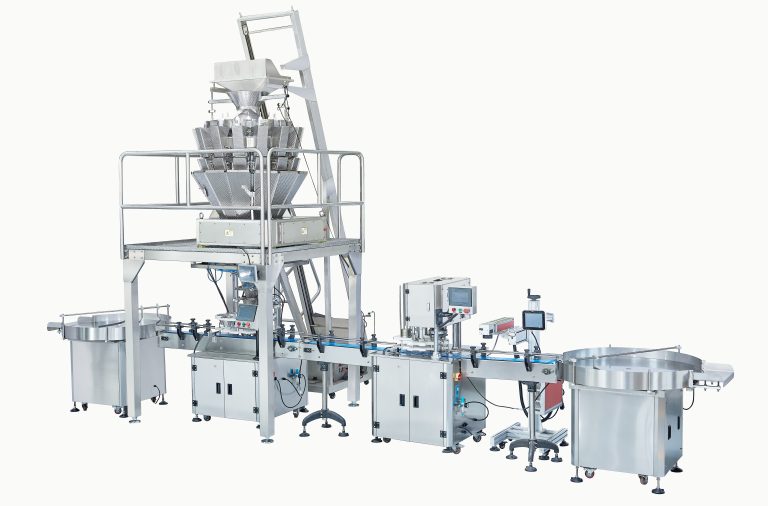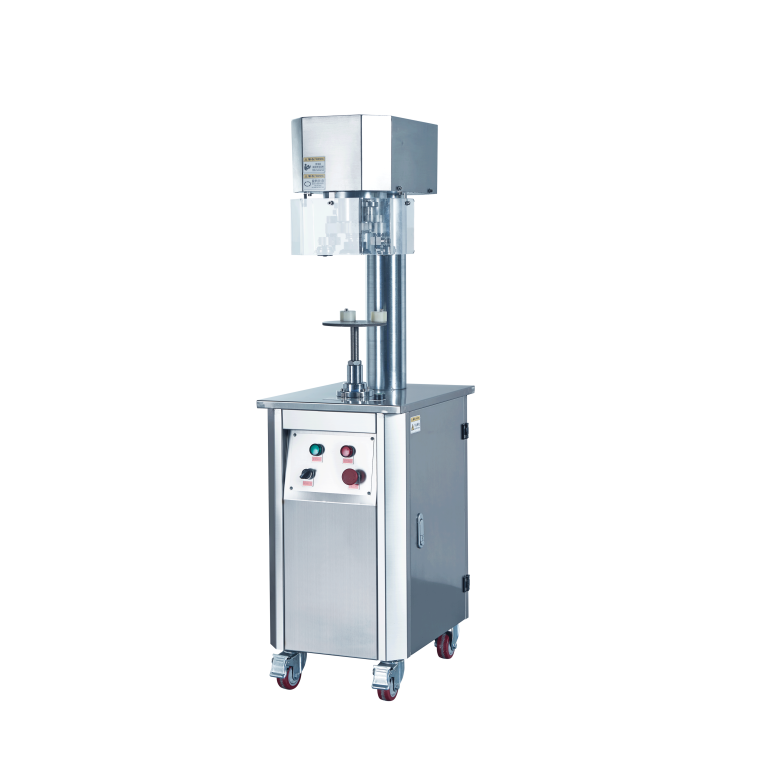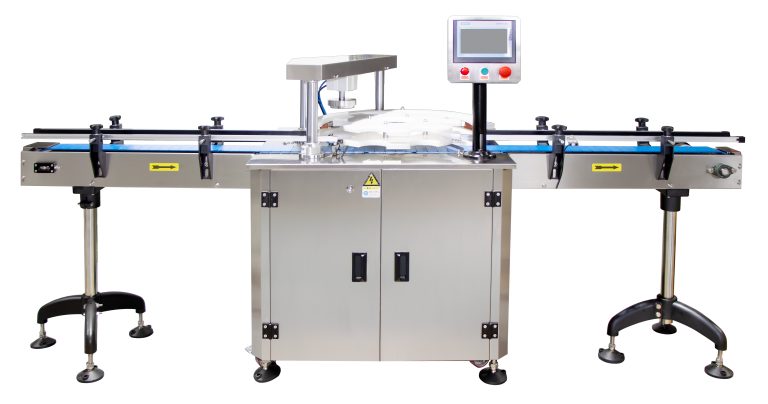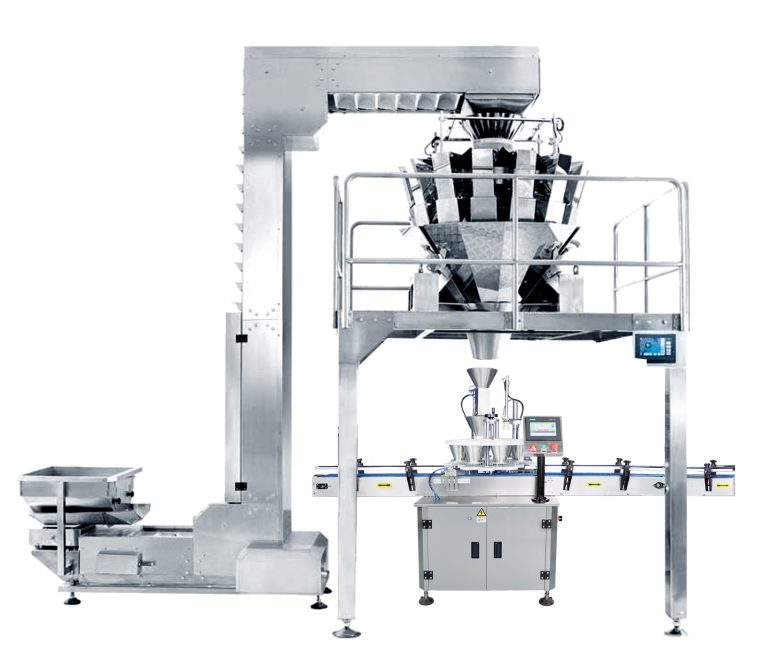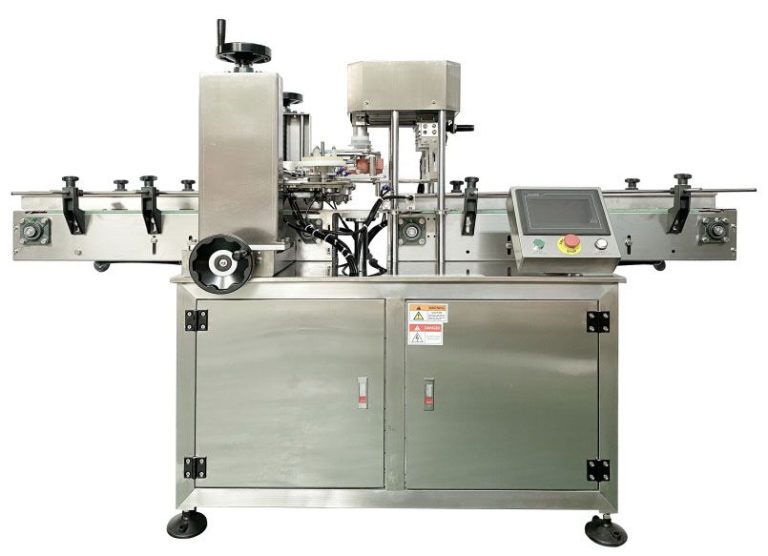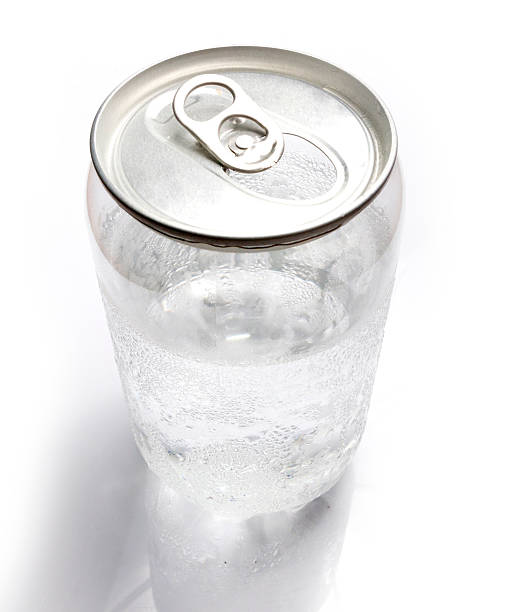Table of Contents
Benefits of Implementing a Meat Weighing Filling Production Line in Your Food Processing Facility
In the food processing industry, efficiency and accuracy are key factors in ensuring the success of a business. One way to improve these aspects is by implementing a meat weighing filling production line in your facility. This automated system can streamline the process of weighing and filling meat products, leading to increased productivity and reduced waste. In this article, we will explore the benefits of incorporating a meat weighing filling production line into your food processing operations.
One of the primary advantages of using a meat weighing filling production line is the improved accuracy it provides. Manual weighing and filling processes are prone to human error, which can result in inconsistent product weights and quality issues. By automating these tasks, you can ensure that each product is filled to the exact weight specifications, leading to a more consistent and high-quality end product.
In addition to improved accuracy, a meat weighing filling production line can also help increase productivity in your facility. These automated systems are designed to work quickly and efficiently, allowing you to process more meat products in a shorter amount of time. This can help you meet customer demand more effectively and potentially increase your overall production capacity.
Another benefit of implementing a meat weighing filling production line is the reduction of waste in your facility. Manual weighing and filling processes can result in overfilling or underfilling of products, leading to unnecessary waste. By using an automated system, you can minimize these errors and ensure that each product is filled to the correct weight, reducing waste and saving you money in the long run.
Furthermore, a meat weighing filling production line can also help improve the safety and hygiene of your food processing operations. These automated systems are designed to meet strict food safety standards and can help reduce the risk of contamination in your facility. By minimizing human contact with the product, you can create a more sanitary working environment and reduce the likelihood of foodborne illnesses.
Overall, implementing a meat weighing filling production line in your food processing facility can offer a wide range of benefits. From improved accuracy and productivity to reduced waste and enhanced safety, these automated systems can help streamline your operations and improve the quality of your products. If you are looking to increase efficiency and effectiveness in your facility, consider investing in a meat weighing filling production line today.
How to Maximize Efficiency and Accuracy in Meat Weighing Filling Production Line Operations
In the food industry, efficiency and accuracy are crucial factors in ensuring the quality and safety of products. This is especially true in meat processing, where precise measurements and filling are essential for meeting regulatory standards and customer expectations. One way to improve efficiency and accuracy in meat weighing filling production line operations is to invest in a specialized meat weighing filling production line.
These production lines are designed to streamline the process of weighing and filling meat products, reducing the risk of human error and increasing productivity. By automating these tasks, companies can achieve higher levels of consistency and precision in their operations. However, simply purchasing a meat weighing filling production line is not enough to maximize efficiency and accuracy. It is essential to implement best practices and strategies to ensure that the equipment is used to its full potential.
One key strategy for maximizing efficiency and accuracy in meat weighing filling production line operations is to properly calibrate the equipment. Regular calibration ensures that the scales and filling mechanisms are accurate and reliable, reducing the risk of errors in measurement. It is also important to train employees on how to use the equipment correctly and troubleshoot any issues that may arise. By investing time and resources in training, companies can ensure that their employees are equipped to operate the production line effectively.
Another important factor in maximizing efficiency and accuracy is to establish clear standard operating procedures (SOPs) for the production line. SOPs outline the steps that employees should follow when using the equipment, ensuring consistency and reducing the risk of errors. By following SOPs, companies can achieve higher levels of efficiency and accuracy in their operations.
In addition to calibration and SOPs, companies can also maximize efficiency and accuracy by implementing quality control measures. Regular quality control checks can help identify any issues with the equipment or process, allowing companies to address them promptly. By monitoring the production line regularly, companies can ensure that their products meet the highest standards of quality and safety.
Furthermore, companies can maximize efficiency and accuracy by optimizing the layout of the production line. By organizing the equipment in a logical and efficient manner, companies can reduce the time and effort required to move products from one stage of the process to the next. This can help streamline operations and improve overall productivity.

Overall, maximizing efficiency and accuracy in meat weighing filling production line operations requires a combination of investment in equipment, training, and best practices. By calibrating equipment, establishing SOPs, implementing quality control measures, and optimizing the layout of the production line, companies can achieve higher levels of efficiency and accuracy in their operations. By prioritizing these factors, companies can ensure that their products meet the highest standards of quality and safety, ultimately leading to increased customer satisfaction and business success.

